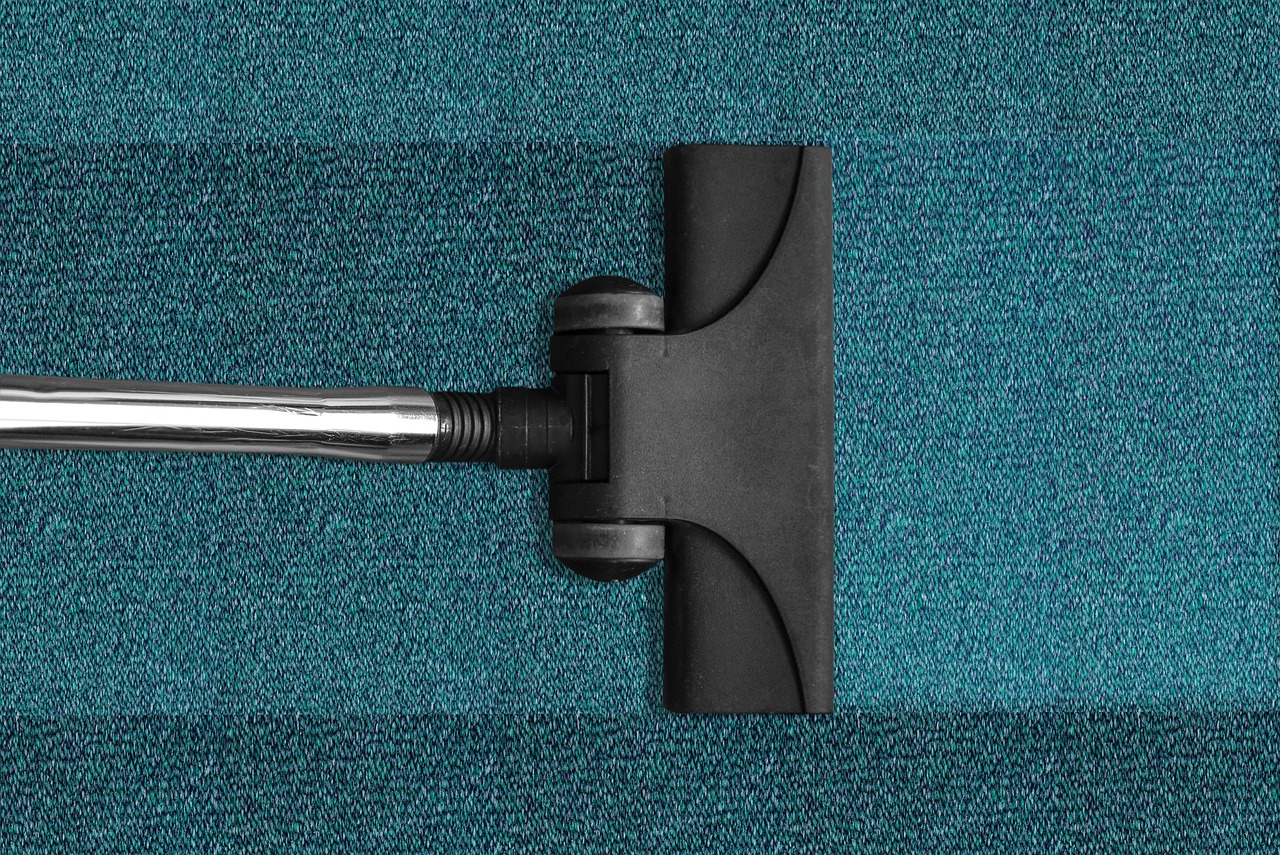Your home’s heating, ventilation, and air conditioning (HVAC) system is much like your body’s circulatory system—responsible for delivering warm air in winter, cool air in summer, and filtering out dust and allergens all year long. When properly maintained, your HVAC equipment not only lasts longer but also operates more efficiently, lowering your utility bills and protecting your family’s health. Below, we’ll walk through six essential maintenance tasks that every homeowner should perform to keep their system running at peak performance.
1. Change Filters Regularly
A clean filter is the simplest yet most impactful way to ensure proper airflow and energy efficiency. Disposable filters should be replaced every one to three months, depending on usage and indoor air quality. If your system uses reusable filters, wash them with a mild soap and warm water each month. Fresh filters help your HVAC system work less strenuously—reducing energy consumption and capturing dust, pollen, and other airborne particles before they circulate through your home.
2. Inspect and Clean Ductwork
Over time, dust, debris, and even mold can accumulate within your air ducts, impeding airflow and degrading indoor air quality. Engage a qualified technician to inspect your ducts once a year for leaks or blockages. Small gaps or cracks can be sealed with foil-backed HVAC tape or a mastic sealant to prevent conditioned air from escaping into attic or crawl spaces. For homes that haven’t had duct cleaning in several years, consider professional cleaning every three to five years to remove stubborn dust build-up and maintain a healthy air distribution system.
3. Tune Up the Outdoor Unit
The outdoor condenser unit—often located on a patio or next to your home—works hard to reject heat during cooling season and draw in fresh air during heating season. Keep this area clear of leaves, grass clippings, and other debris that can restrict airflow. Inspect the refrigerant lines for intact insulation; damaged or missing insulation should be replaced to prevent energy losses. Finally, schedule a professional tune-up before the onset of summer and winter. A technician will check refrigerant levels, clean coils, and ensure all components operate safely and efficiently.
4. Test Thermostat Accuracy
Your thermostat is the command center for your HVAC system. If it’s misreading indoor temperatures by even a few degrees, your system will cycle on and off more often than necessary, driving up energy costs and stressing equipment. Compare the thermostat’s reading with a portable thermometer placed nearby. If there’s a discrepancy of more than two degrees Fahrenheit, recalibrate the thermostat or consider upgrading to a programmable or smart model. These advanced thermostats allow precise temperature control and scheduling, delivering comfort when you need it and savings when you don’t.
5. Lubricate Moving Parts
Friction is the enemy of all mechanical systems. Each year, apply a specialized HVAC lubricant to the motor bearings, fan shafts, and other moving parts within your furnace and air handler. Proper lubrication reduces mechanical wear, minimizes noise, and extends component life. Be sure to use only oils or greases specified by your equipment manufacturer to avoid damaging seals or attracting dust.
6. Monitor System Performance
Stay attuned to the sounds and sights of your HVAC system. Clanking, hissing, or rattling noises can signal loose components, refrigerant leaks, or failing bearings. Ice forming on evaporator coils or frost on refrigerant lines indicates a potential airflow or refrigerant issue. When you notice these early warning signs, address them promptly—waiting can turn a simple repair into a costly breakdown. Regular visual inspections and attentive listening go a long way toward preventing unexpected failures.
By incorporating these six maintenance practices into your home care routine, you’ll benefit from consistent indoor comfort, improved air quality, and reduced energy bills. While many tasks can be handled by proactive homeowners, annual inspections and complex repairs should always be performed by a certified HVAC technician. After all, a well-maintained system is the cornerstone of a healthier, happier home.

 GBP
GBP
 English
English
 Arabic
Arabic
 German
German





Leave a comment